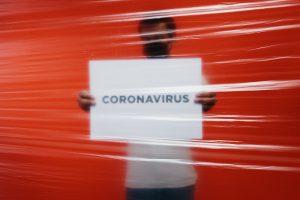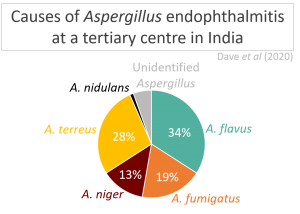Submitted by Aspergillus Administrator on 24 September 2013
.jpg) |
| Henrietta Lacks |
Henrietta Lacks died in Johns Hopkins University Hospital in 1951 of an aggressive cancer. In itself that was not a remarkable event except for close friends and family but Mrs Lacks was not going to be forgotten and for a very special reason.
At that time cancer research was just starting to find ways to grow cancer cells to use to work on and to try to find information that might lead to medication that has since led to increase in the life expectation of many millions of cancer sufferers. Researcher George Gay took some of the cells from tumour tissue after Mrs Lacks had surgery to try to treat her cancer, and he was successful at getting it to grow outside of a human body in a laboratory for the first time. George’s work was so important that within a very short time Henrietta Lacks’ tumour cells (referred to as HeLa cells) were in use all over the world in cancer research labs and they continue to be to this day. A cursory search of all published articles in the medical research database Pubmed reveals that there are well over 76000 published scientific papers that prominently feature HeLa cells and without doubt many more that use Henrietta Lacks’ cells to help their research.
There has been some controversy over the use of HeLa cells as Henrietta was never asked to give her permission for her cells to be used in this way. Back in 1951 that wasn’t something that was thought to be necessary but today we regard it as fundamentally important, and now even more so as we are able to read the entire genome of each and every one of us quickly and efficiently.
Readers of this blog will know that we have discussed some of the ethical questions raised by this new technology before, and there are several problems including:
- Does the person want to know all of the possible health problems that are revealed by a complete sequencing of their genome?
- Should the family of the person be told? Which members? When?
The HeLa Genome Use Data Agreement establishes a six-person panel—including two representatives from the Lacks family—to review applications for access to the HeLa genome and set parameters for its use.
During a press briefing this morning, NIH Director Francis Collins, NIH Deputy Director for Science, Outreach, and Policy Kathy Hudson, and three members of the Lacks family presented the Agreement and discussed the circumstances that precipitated it.
“NIH is grateful to this remarkable family for their willingness to collaborate with us on this very important issue,” Collins said during the press conference. “It’s fitting–given the priceless contributions Henrietta Lacks’s family has made to science and medicine–that her story is now catalyzing changes in policy. We should all count Henrietta Lacks and her family as among the greatest philanthropists of our time when you consider how they contributed to the advancement of science and our health.”
Under the terms of the HeLa Genome Use Data Agreement, biomedical researchers who agree to abide by the terms of the agreement will be able to apply to NIH for access to the full genome sequence data from HeLa cells. Along with representatives from the medical, scientific, and bioethics communities, two representatives of the Lacks family–David Lacks Jr., Henrietta’s grandson and Veronica Spencer, Henrietta’s great granddaughter–will serve on NIH’s newly formed, six-member working group that will review proposals for access to the HeLa full genome sequence data.
NIH-funded researchers who generate full genome sequence data from HeLa cells will be expected to deposit their data into the NIH HeLa dbGaP database for future sharing through this process, while other researchers are expected to respect the family’s wishes and do the same. All researchers who use or generate full genomic data from HeLa cells are formally asked to include in their publications an acknowledgement and expression of gratitude to the Lacks family for their contributions. The agreement also mandates that researchers not attempt to contact any members of the Lacks family.
“The HeLa genome is another chapter to the never ending story of our Henrietta Lacks,” said Henrietta’s granddaughter Jeri Lacks-Whye and Lacks family spokesperson. “She is a phenomenal woman who continues to amaze the world. The Lacks family is honored to be part of an important agreement that we believe will be beneficial to everyone.”
News archives
-
Title
Date


